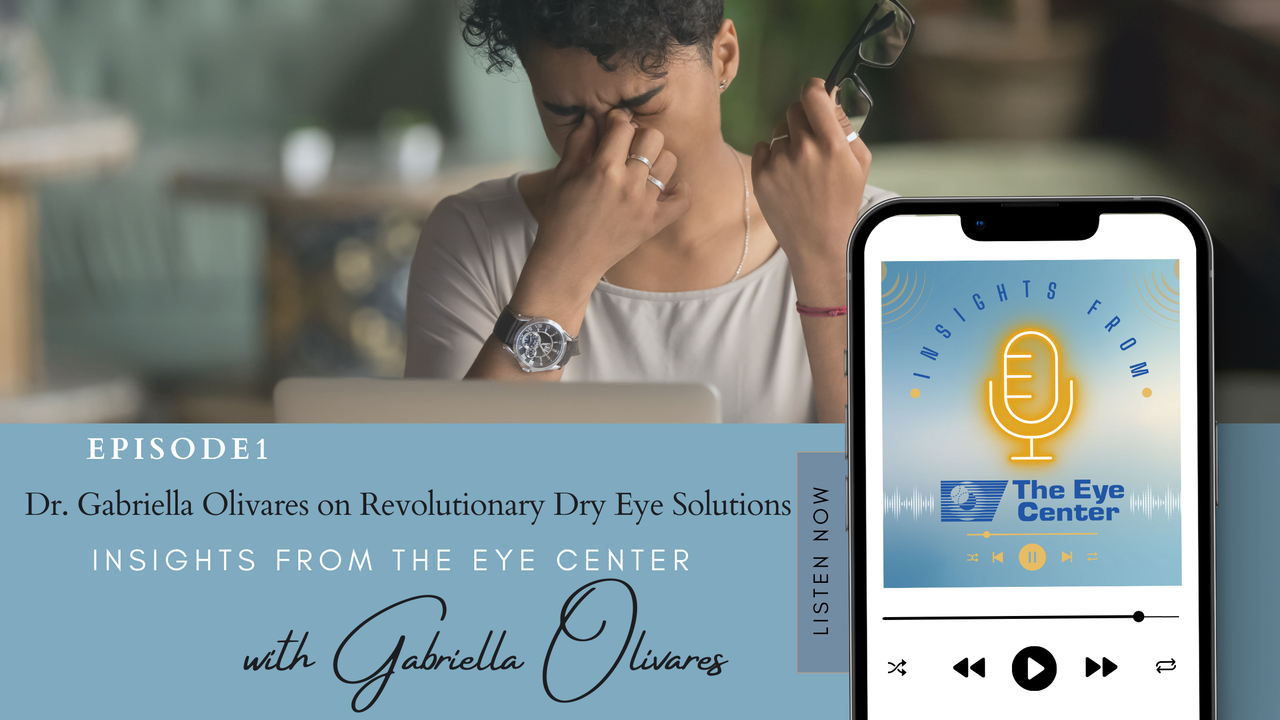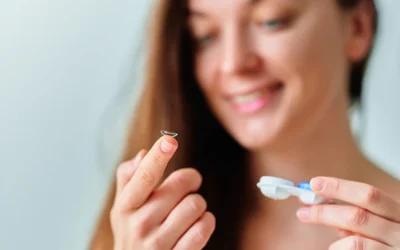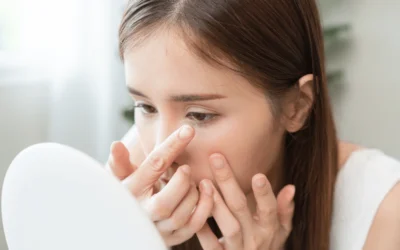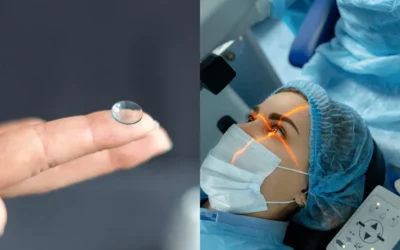Chronic dry eye syndrome is a pervasive condition, often exacerbated by our modern lifestyle where screens dominate much of our day. With the digital age showing no signs of slowing down, it’s imperative that eye care evolves alongside. Dr. Gabriella Olivares, an optometrist at The Eye Center, has provided such an evolution in her podcast episode, revealing some of the most innovative treatments in the field of optometry.
The main focus of the episode was on Intense Pulsed Light (IPL) therapy, a treatment traditionally associated with dermatology, now finding its place in the realm of optometry. IPL therapy is particularly effective for evaporative dry eye, which is often the result of meibomian gland dysfunction or ocular rosacea. The glands within our eyelids are responsible for secreting oils that maintain eye lubrication. When these glands are not functioning correctly, individuals may experience a range of symptoms from pain and a persistent foreign body sensation to fluctuating vision and excessive watering.
IPL therapy addresses these issues at the root, offering a dual benefit by also reducing the redness associated with rosacea. It heats the oils within the mabomian glands using light energy, encouraging a natural flow to the eye’s surface and concurrently works to reduce inflammation by closing abnormal blood vessels.
Another treatment discussed was Radio Frequency (RF) therapy, which uses electrical currents to stimulate collagen production and heat the skin. This process unclogs the mabomian glands, enabling them to function as intended. While IPL is limited to certain skin types, RF is universally safe, offering a more inclusive treatment option.
The effectiveness of these treatments cannot be understated, with patients typically noticing significant improvements after the third session. It’s important to note that while these therapies can provide substantial relief, they are not cures. Dry eye syndrome is a chronic condition, meaning that ongoing treatment may be necessary to maintain comfort and eye health.
One of the most impressive aspects of these treatments is their noninvasive nature. This makes them an attractive option for patients seeking alternatives to the relentless use of eye drops, which often only offer temporary relief and can exacerbate inflammation due to preservatives.
With these advancements in eye care, there’s a sense of optimism for those suffering from chronic dry eye. Patients who previously felt at a loss, cycling through artificial tears and various medications without success, now have access to therapies that target the underlying causes of their discomfort.
Dr. Olivares’ podcast episode is not just a beacon of hope for those with dry eye syndrome; it’s a testament to the evolving landscape of optometry. As we continue to embrace technology in all aspects of our lives, it’s reassuring to know that the field of eye care is keeping pace, developing treatments that offer more than a quick fix but a pathway to prolonged eye health and comfort.





